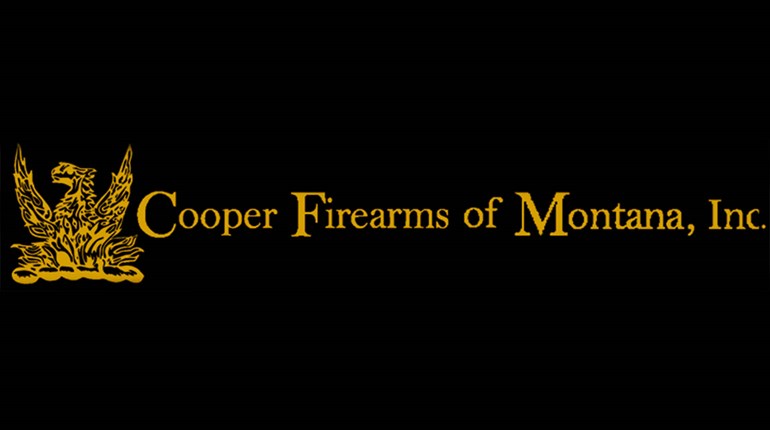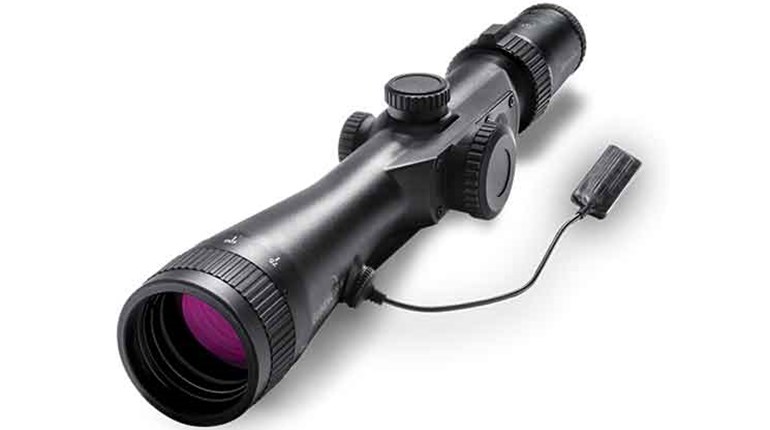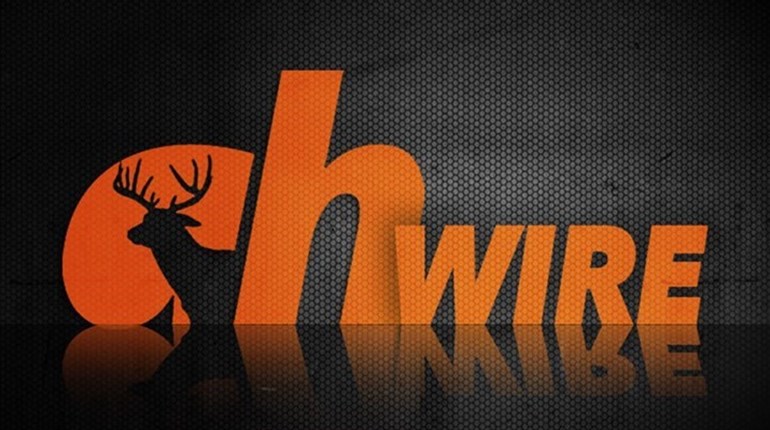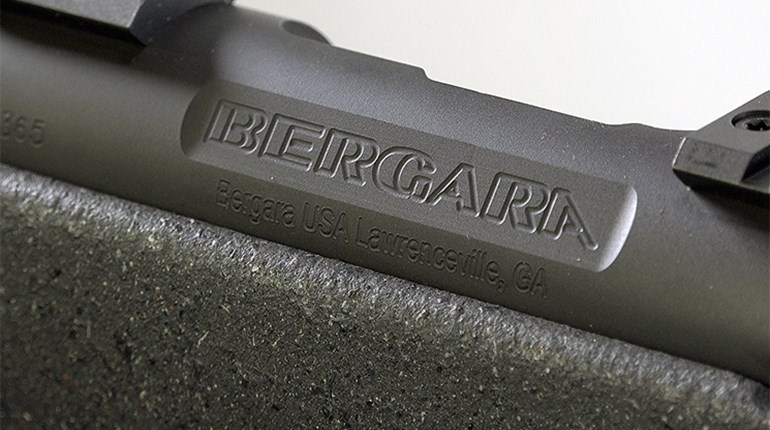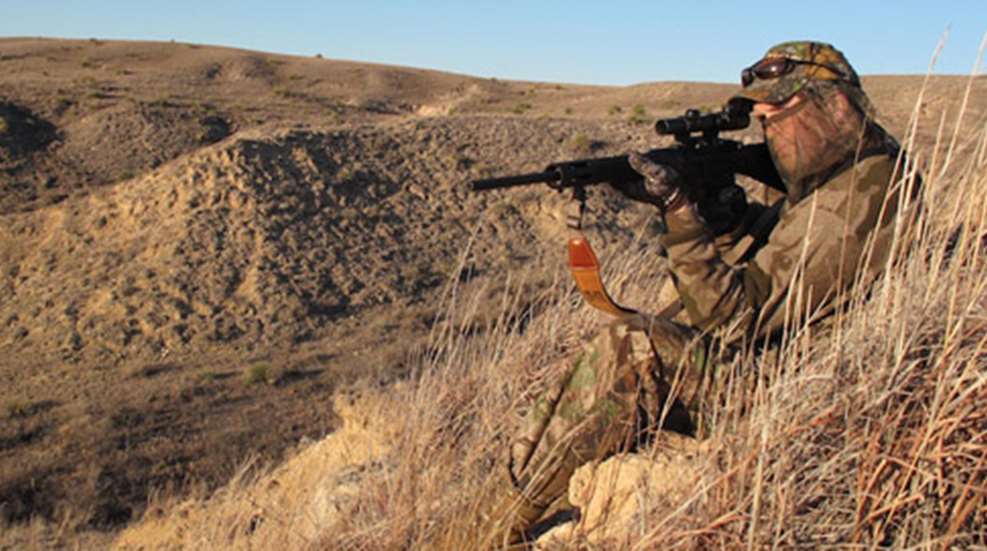
As the AR continues its steady march into the hands of a growing number of sportsmen and women, the platform’s ability to be readily customized to an individual’s personal preferences is a key attraction. These rifles are available in many different stock and caliber options, and can accept optics, lasers, lights and grips—though this can be overkill for many hunters. So what makes for the ideal “hunting” AR? The question sparks plenty of debate among serious modern rifle fans, and while nobody but you can decide what is ideal for your own hunting AR, here are some features that will make any rig spot on.
Stock Options
When researching my book, the “Shooter’s Bible Guide to AR-15s,” I interviewed a lot of tactical rifle shooters, from current and former soldiers to competitive shooters and hunters. One thing I learned is that when one guy swore “this” was the way to go, another would say “no way.” Disagreement even extended to something as simple as the buttstock. The AR’s original design, when it first saw service in the form of the M16, included a fixed buttstock, much different from the more prevalent six-position collapsible stock common to today’s M4. Some ARs are designed with the hunter in mind, such as the Mossberg MMR Hunter, and have fixed stocks for a more solid cheek weld during precise shooting. Some even say that the fixed stock is lighter and quieter than the six-position adjustable stock that is so popular with shooters. Even though the collapsible stock is designed with tactical battle applications in mind—a situation I honestly hope I never find myself in—I still like the design for hunters. The collapsible stock makes for a more compact profile when working through thick brush, climbing in a blind and for storage, and it provides a more comfortable and adjustable length of pull depending on how thick your clothing during warm and cold weather. When hunting with a young shooter, you can also adjust the length of pull for the smaller stature hunter and then slide it back out when it is your turn to shoot.
Calibers
While the small, but accurate, .223 is deadly on coyotes, smaller varmints and even hogs with a properly placed shot, it falls short (and in some cases is outright illegal) for use on larger game such as whitetails. The AR-10, the AR-15’s older cousin and original variation, is typically chambered in the long-shooting, ample hitting .308, and certainly a more formidable whitetail cartridge. The trade-off? The AR-10 is often heavier (typically by 3 to 4 pounds), larger and somewhat clunkier than the preferred compactness of the AR-15.
Manufacturers are working to meet the need to develop harder hitting chamberings for AR-15-sized modern rifles. Examples include Remington’s development of the .30 Remington AR, (a cartridge that has been slow to find an audience in the few short years of its existence), the development of the 6.5 mm Grendel, the 6.8 SPC and the more recent .300 AAC Blackout. Other deer-friendly cartridges available in some form of AR include the .243 and 7 mm-08. For smaller game, there is .204 Ruger and .17 Rem., and for bigger animals there is the .338 Fed. and even the beastly .450 Bushmaster. Pick your game, pick your caliber and roll.
Attachments
Rails seem to be what everyone loves about the AR. Most uppers come with a Picatinny rail, full length or partial, for the ready mounting of optics, as well as rails down the fore-end that can be found along the top, bottom and even sides. There are full-length rails and partial rails. There are even quad rails that provide the shooter with four planes of attachment surrounding the barrel and allow all manner of attachments (I’ve even seen a bottle opener). But keep in mind, all of this cool stuff adds weight, and more weight is typically what a hunter bound for a distant stand or stalk doesn’t want. Hopefully, you’ll have enough of it on the way out when you’re toting or dragging your game. So let’s look at the essentials.
Optics—
Few hunters want to go it with the naked eye. Optics, either red dot or magnified simply aid in aiming, target acquisition and oftentimes, adequately viewing an animal at a distance or in low light. For most hunting, I like a variable scope, with a reticle, using ballistic compensating hash marks for distance and a lit aim point for better target lock-on. Even with perfect eyesight, magnified optics provide a better view into shadows or early morning and late evening situations when the light is low. If you’re a long-distance shooter or varminter using higher powered optics with larger bells at either end of the tube, be careful that the scope placement doesn’t interfere with the charging handle at the rear of the upper. A hunter may also want to mount flip-up sights or use see-through mounts with a low-profile fiber-optic front and rear open sight as a backup should a scope fog or suddenly be discovered “off,” but go with quality optics, keep it simple and you’ll be good. The only other exception is for dangerous game hunters, who may face both distant and extremely close must-make shots. In that situation, a front and side mounted laser sight or even 45-degree offset mounts on the upper with an open or ghost ring sight can allow accurate close-range shooting with a slight cant of the rifle.
Lights—
A gun-mounted light is cool, and is certainly an aid in a tactical or home-defense situation, but unless you’re a raccoon hunter, calling predators or chasing hogs after hours, forego the tactical shiner. On a deer gun it’s going to make you look like you’re up to something you shouldn’t be, but on a nighttime predator or hog shoot, they’re a great tool. Mount one such as SureFire’s Scout Light to the side of the handguard and run a finger-operated momentary-on tape switch to a bottom mounted vertical grip or alongside the handguard.
Grips—
While a vertical grip works great as an easy mount for the light switch, I’m not crazy about them for aiding my standard hunting/aiming grip. Some guys like them though. I recently read about where friend, fellow writer and SHWAT.com pro-staffer Brian McCombie was hunting hogs with a Daniel Defense M4V1 with a front vertical grip. He found it a great aid for steadying his shot from a box blind. That certainly could be the case and will work great in such hunts. However, if traversing thick brush is your norm, forego the grip, as it is one more thing to hang up on limbs and vines.
Also, watch out for too much rail. A lot of open rail, such as a tactical-inspired quad, that isn’t being covered with some useful furniture can really chew your hands during shooting. I like what Daniel Defense’s sister company, Ambush Firearms, is doing with their rifles. Ambush builds hunter-specific ARs that have a comfortable adjustable indexable foregrip to aid a hunter’s natural hold on the front of the rifle. The foregrip works in tandem with modular (typically meaning shorter) Picatinny rails that attach easily to the fore-end precisely where a hunter needs them to attach some other tool.
Barrels
The most common barrel-end attachment will be a muzzle brake, which helps tame muzzle flip for faster follow-up shots. Remember, if shooting a smaller caliber, even the .223, recoil is going to be comparatively modest to heavier hitting calibers or shotguns. A muzzle brake also increases shot noise, particularly behind you and to either side, so if most of your shooting will be done with other hunters at your flank, the benefits of the muzzle brake may be negligible, other than helping protect the crown of the muzzle. Suppressors, where legal (and they are in 37 states), are a better option as, depending on their design, some control recoil and flash but all reduce the noise signature of each shot, keeping game more at ease should a follow-up be required. This reduces pressure on the area through reduced sound and also spares your fellow hunters’ from having to hear every shot. Suppressors can add ounces to the end of your rifle barrel, but no so much that it should affect your aim.
Slings
Unless you plan to shoot prairie dogs from a benchrest, you’re going to want some type of sling for your AR. Forget the standard rifle sling and opt instead for a tactical sling. Whether it’s a single point or multipoint is a matter of preference. The single-point attaches to where the castle nut holds the buffer tube in place. While lacking the comfort of a wider sling, single-point slings allow the user to toss the rifle behind his or her back and out of the way when toting items or climbing and in front of him at the ready when on a stalk. A multipoint sling is more comfort for long hikes, is more traditional in how it works, but also allows a hunter to tote the gun in a ready position toward the front of his body.












